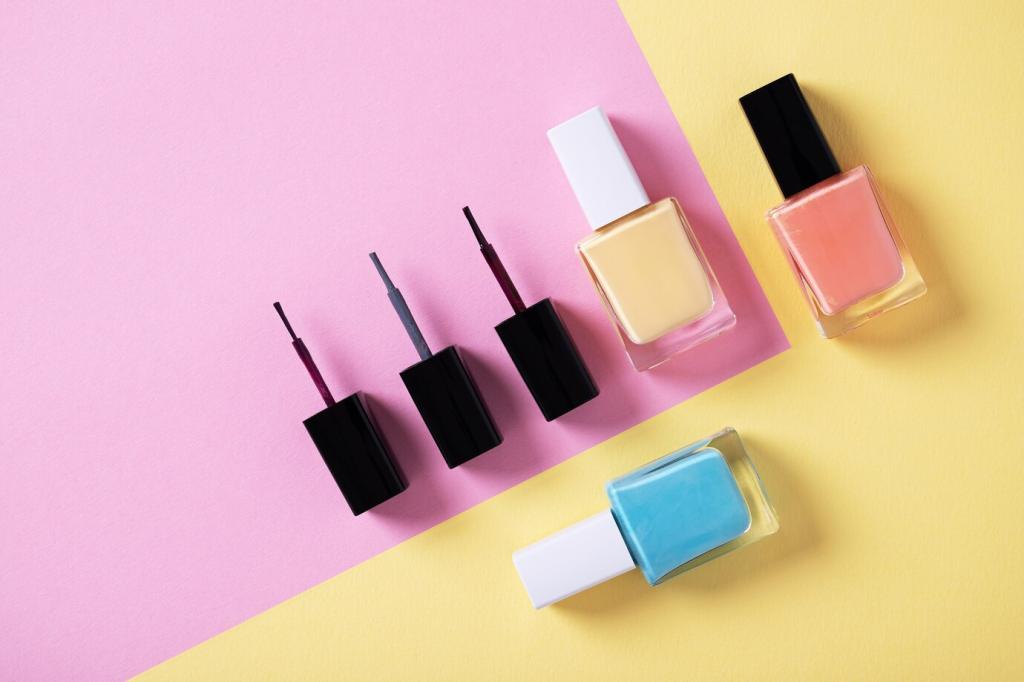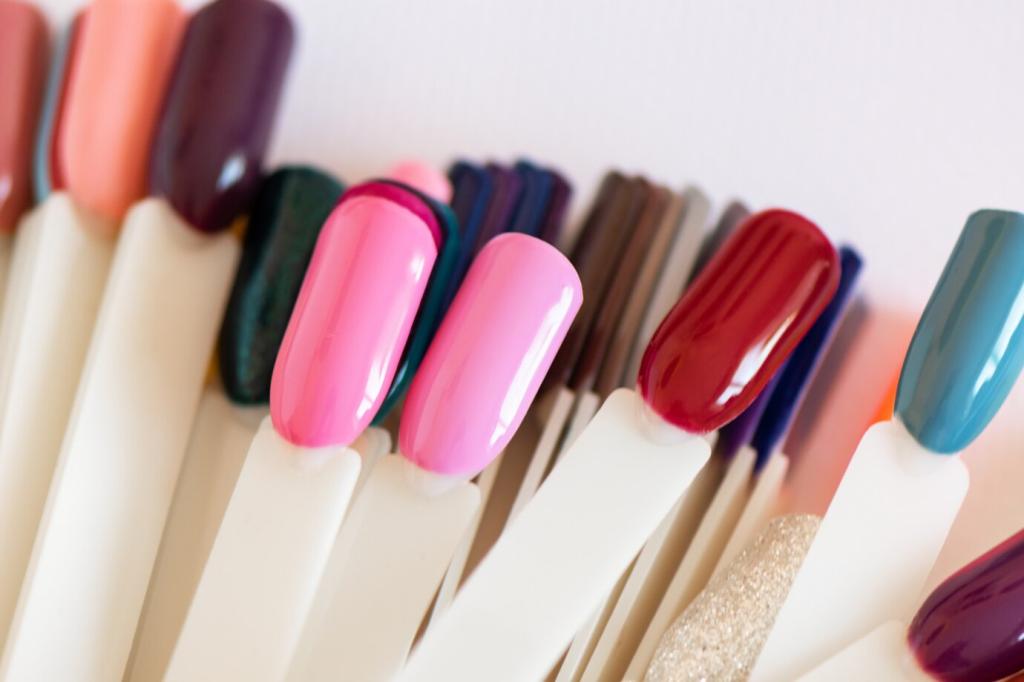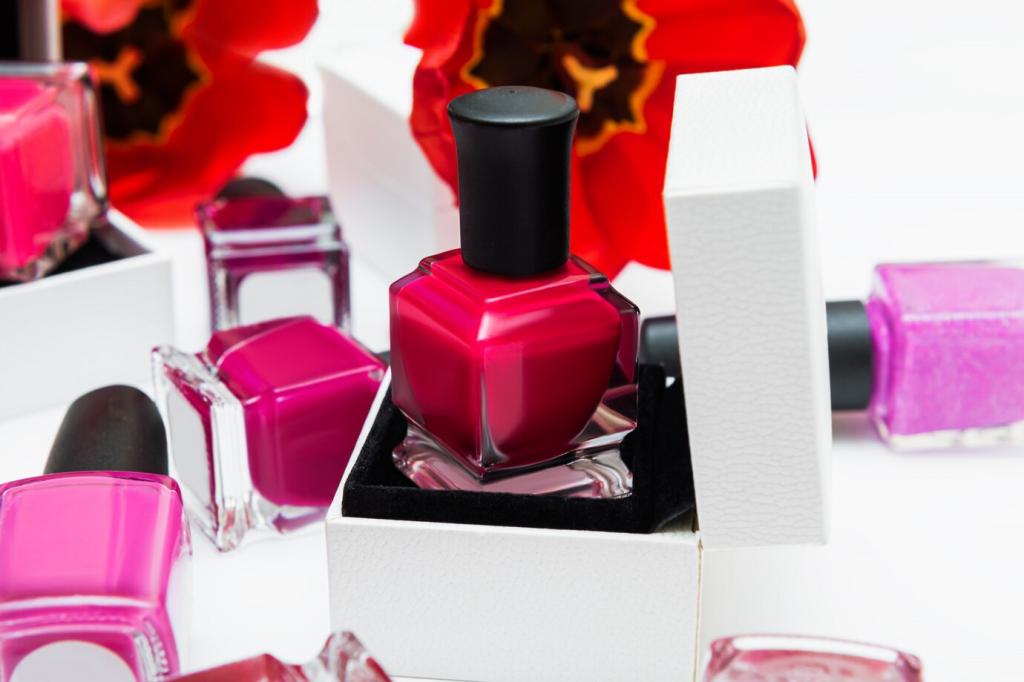Durability, Care, and Real-Life Lessons from Busy Homes
Our family’s pine table took homework dents, watercolor spills, and holiday candles. A yearly scuff-sand and fresh oil-poly coat kept its amber glow and protected the soft surface. The patina tells our story, not our mistakes. What ritual will you adopt to keep your pine loved and lively?
Durability, Care, and Real-Life Lessons from Busy Homes
Use coasters, lift objects instead of sliding, and wipe with a damp cloth followed by dry. Avoid harsh cleaners; mild soap is usually enough. If a white ring appears, gentle heat or a light recoat often fixes it. What’s your go-to rescue move for unexpected finish mishaps?
Durability, Care, and Real-Life Lessons from Busy Homes
Drop-fill deeper scratches with varnish, let cure, then level with a hard block and fine abrasives. Feather carefully so you blend edges invisibly. Finish with a light polish or wax if desired. Have a tough repair on pine? Describe it and we’ll brainstorm a targeted plan together.
Durability, Care, and Real-Life Lessons from Busy Homes
Lorem ipsum dolor sit amet, consectetur adipiscing elit. Ut elit tellus, luctus nec ullamcorper mattis, pulvinar dapibus leo.



